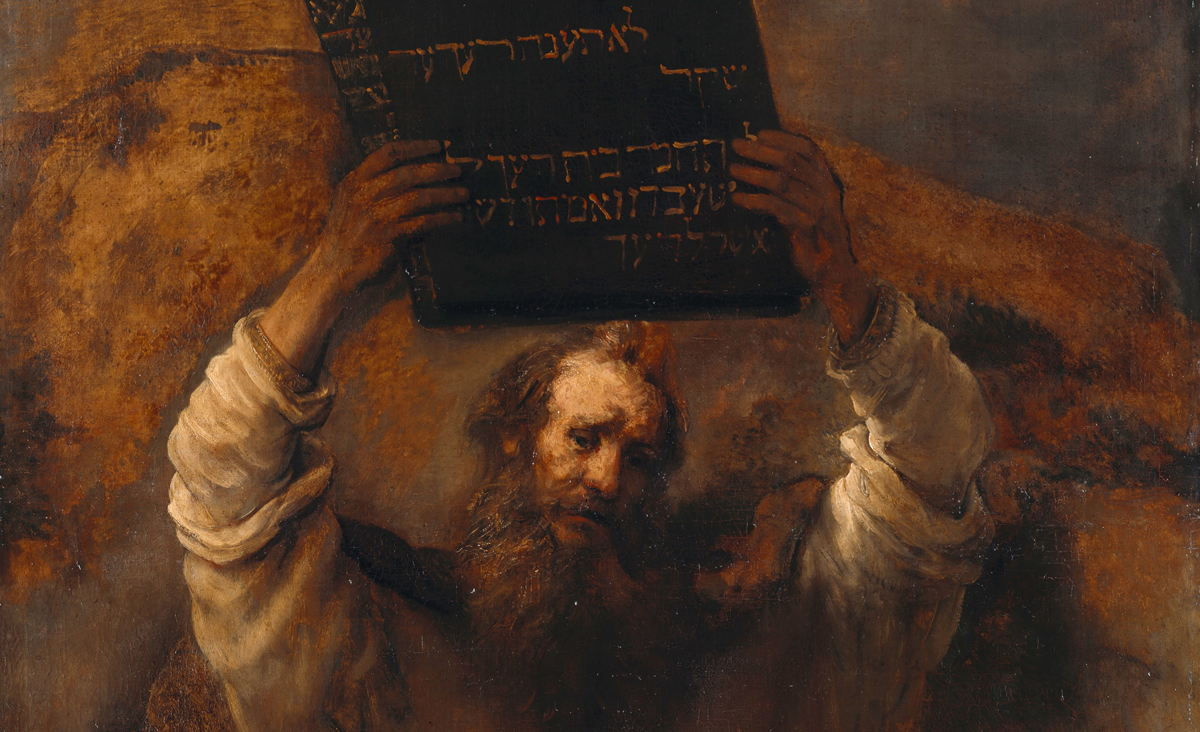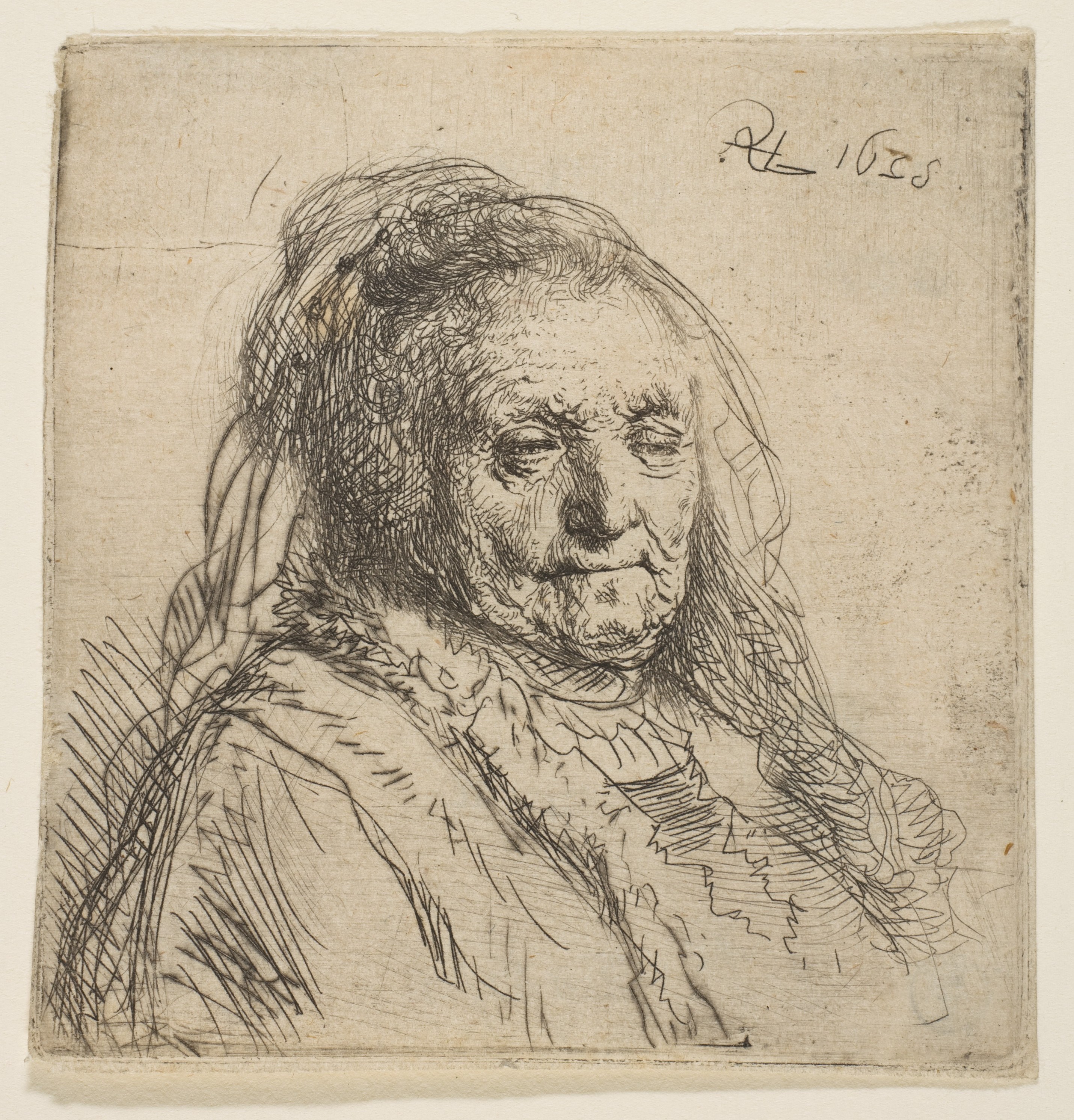Art World : Headlines in Brief
The Art News presented in this, Sukonik Fine Art, February 2021 ongoingRembrandt and Printmaking in the Netherlands:
Rembrandt Harmensz van Rijn, one of the greatest innovators in the history of art, produced masterpieces which revolutionized our vision of painting, draftsmanship and printmaking. Although the artist is best known for his 1652 painting called "Night Watch”, during his lifetime his fame rested in printmaking which was independent of his painting, and which, after the 1630's, did not reproduce his paintings. Rembrandt’s prints reached audiences all across Europe.
The artist’s favored printmaking medium was etching which technique he began in late 1626, art in which drawn line lines are burned with acid into a waxed copper plate. Further, Rembrandt created different versions (states) of a single idea or image by disrupting the acid process and adding a technique called drypoint -wherein lines were scratched into an etching plate with a dry needle which produced unprecedented effects of darkness and shadow. Rembrandt worked with an assortment of papers, imported from Asia, the use which changed the light and tone of the images in his works. Thus, in truth, each of Rembrandts prints are entirely unique works of art.
Rembrandt’s emphasized use of light illuminates his work and at the same time leaves portraits in dramatic shadow. The art is introspective and demonstrates psychological insight, which makes his work enduring. Friends and family were the subjects of Rembrandt’s early work. However, the artist’s fascination with the human aspects of Bible stories, the Old Testament, and the Jewish community in Amsterdam dominate over all. Excruciating detail is frequently subtle and frequently dominating. His pictures are described as poetry.
Restituted Egyptian Stela:
A 2600-year-old looted stela, in the name of the "Head of the Elders of the Portal of Hathor-Lady of Mefket, Pa-di-Séna" was formally restituted to the Arab Republic of Egypt in late 2020. The plundered Late Period antiquity limestone carving, valued at $180,000, had been seized in New York in route to the December 5-8,2019 TEFAT art fair, after slipping through the nuanced hands of vetting experts, in the United States, Europe and Maastricht.
Sometime, in or around 600 BCE, the stela was crafted in Egypt during the Late Period, which began the rule of Psamtek I of the 26th Dynasty. Following a long period of political fragmentation, Psamtek I is said to have shaken off foreign control by the Assyrians in the north and the Kushites in the south, reuniting Upper and Lower Egypt. The honorary stela is a sunken relief, created with carefully designed strokes depicting the owner, Pa-Ei-Séna, wearing a kilt and standing on one side of a table he has filled with offerings to three deities. Osiris, the most prominent god is depicted on the opposite side, accompanied by the falcon-headed Horus, and the goddess Hathor, who is shown wearing her traditional headdress of cow horns and a sun disk.
The stela would have remained where it belonged, at Padisena’s tomb, but for a series of anti-government protests, uprisings, and armed rebellions which spread across the country and other parts of the Arab world, during which there was significant heritage looting. It was the United States Manhattan’s D.A. Antiquities Trafficking Unit which, in 2012, discovered the illicitly excavated stela was being shopped by an international smuggling network to New York's Metropolitan Museum of Art. However, despite vague provenance dating back to the 1070's replete with marked incongruencies and factual errors, a seasoned purchaser readily accepted the fabricated ownership records and falsified export documents, which as a purported expert, he should have recognized. Thereafter in 1993, subsequent buyers sought to purchase the stela from the Galerie Cybele in Paris, which then provided statements attesting the ancient relic was clear of questionable title. Nevertheless, the Manhattan D.A.’s office, with the help of the Egyptian Ministry of Tourism and Antiquities quickly determined the documentation was fraudulent. In 2018 forensic antiquities researchers at TETAT Maastricht again noted the provenance was suspect.– Despite this, the antiquity didn’t seem to arouse the suspicions of its vendor or the vetters at Europe’s premier art fair.
In 2019, the stela was scheduled to come back to Manhattan for the last time when the Manhattan District Attorney’s Office formally initiated a grand-jury investigation into the artifact and a seizure order was signed. Only then did the process of returning the ancient object to its lawful owner, the Arab Republic of Egypt begin. In June and August 2020, law enforcement authorities in France, New York and Germany detained six individuals. And, in France Galerie Cybele, who cooperated with the Manhattan D.A.’s office filed a law suit in the Paris courts to recoup losses, naming the consigner who it learned was the subject of criminal investigations in multiple countries, resulting in the seizure of hundreds of pieces of stolen cultural property.
In November 2020, during a repatriation ceremony in New York, attended by authorities from New York and Egypt, including Ambassador and Egyptian Counsel General and Homeland Security Investigators Deputy Special Agent in charge and Director General of the Department of Repatriated Antiquities at the Ministry of Tourism and Antiquities, the stela was targeted for return to the people of Egypt .
In early 2021, the return schedule was finally organized. The treasure is set for delivery to its home. Thus, it is returned to Egypt.











